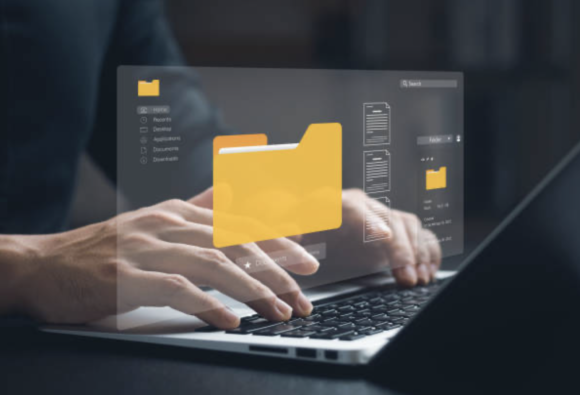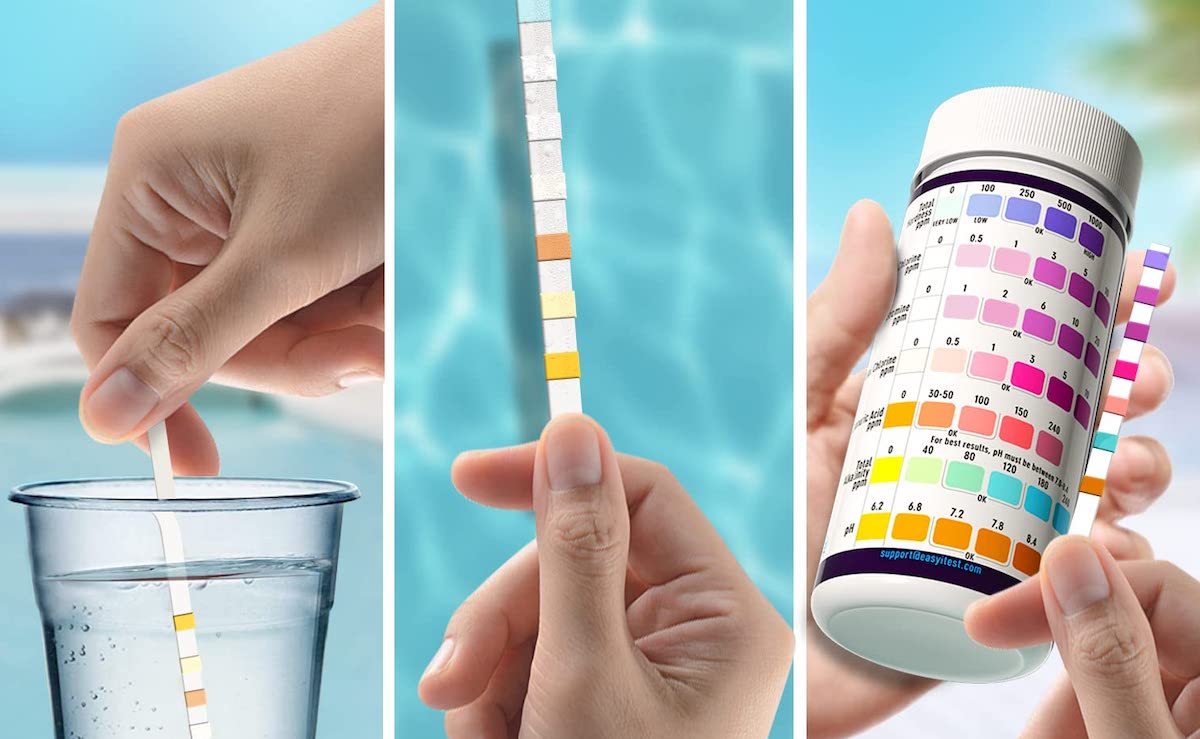With the advent of advanced smartphone cameras, Apple introduced the High-Efficiency Image Format (HEIC) to optimize storage without compromising image quality. While HEIC offers benefits like smaller file sizes and better image quality, it poses a challenge when sharing or viewing images on non-Apple devices or platforms that don’t support this format. Fortunately, converting HEIC to the widely compatible JPG format is a straightforward process. In this article, we’ll explore various methods to seamlessly convert your HEIC images to JPG, ensuring compatibility across all devices and platforms.
Understanding HEIC and JPG: Before diving into conversion methods, let’s briefly differentiate between HEIC and JPG formats. HEIC, developed by the Moving Picture Experts Group (MPEG), is highly efficient in terms of storage space utilization and image quality. However, JPG, a more traditional format, remains widely supported across various devices, platforms, and software applications. Converting HEIC to JPG enables broader accessibility and ensures compatibility with a vast array of devices and software. Here’s how you can easily convert it:
Choose the original file you want to convert.

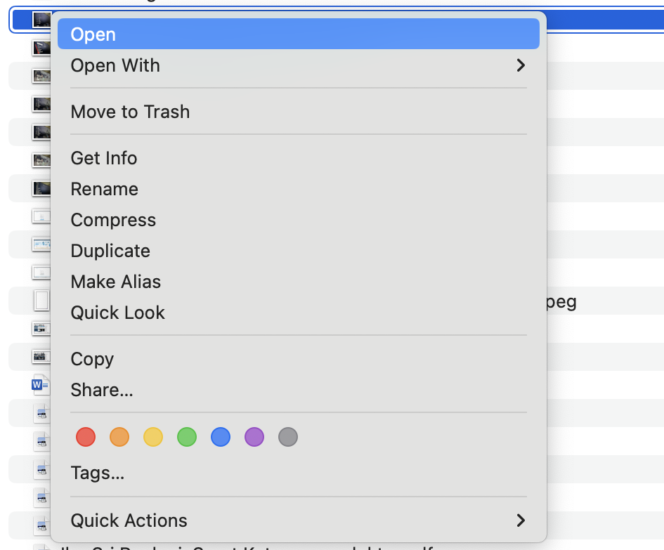
Open the file.
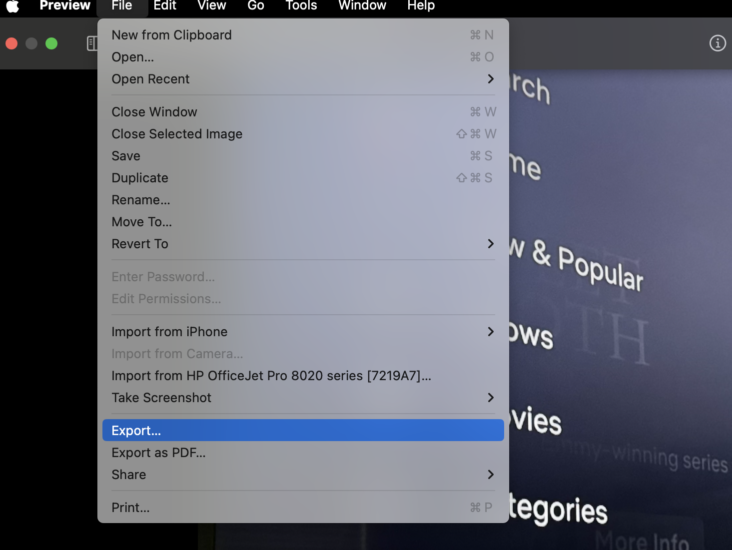
Click “File” the select “Export”
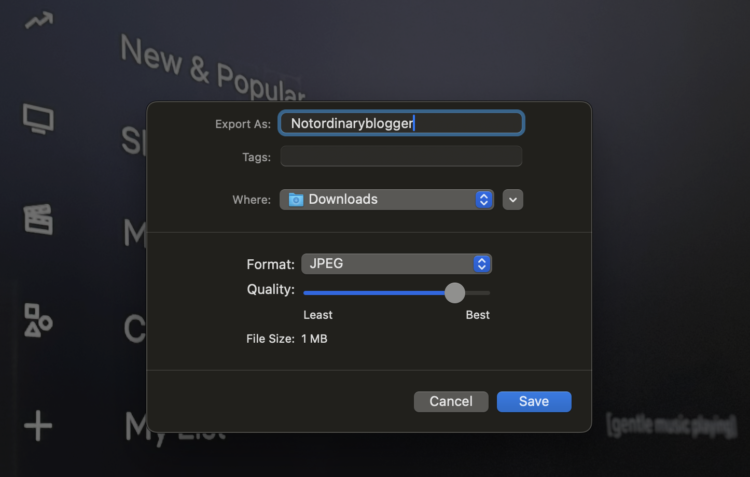
Decide the new name for your “File”. As you can see the file will be exported in the form of JPG from the original form of HEIC. Pay attention on where the file will be stored. In the illustration, the new file will be stored at “Downloads”.
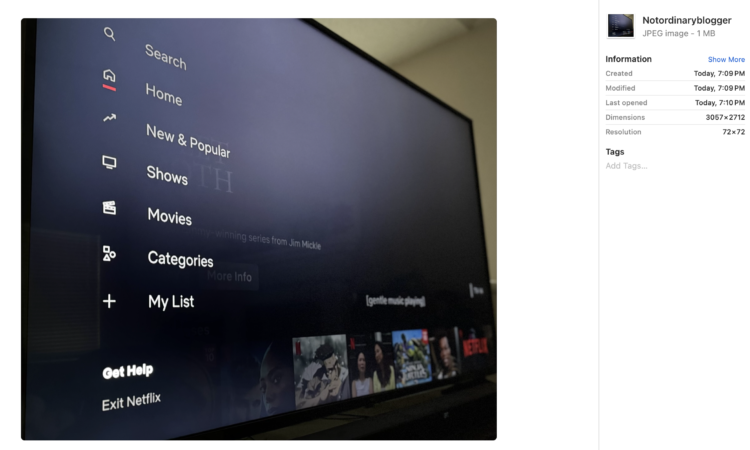
Once it finish, you can search it. As you can see, the new file already in the form of JPG.
Convert Your HEIC File into JPG
Converting HEIC images to JPG format is essential for ensuring compatibility and seamless sharing across various devices and platforms. By following the methods outlined in this guide, you can effortlessly transform your HEIC images into JPG format, unlocking greater flexibility and convenience in sharing and viewing your cherished memories. Embrace the versatility of JPG format while retaining the quality of your images, and enjoy hassle-free compatibility across the digital landscape.

